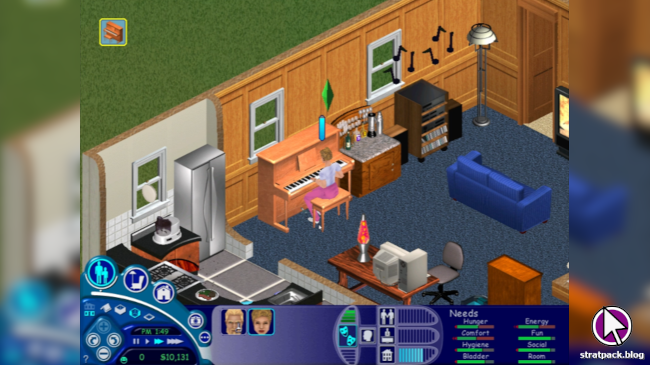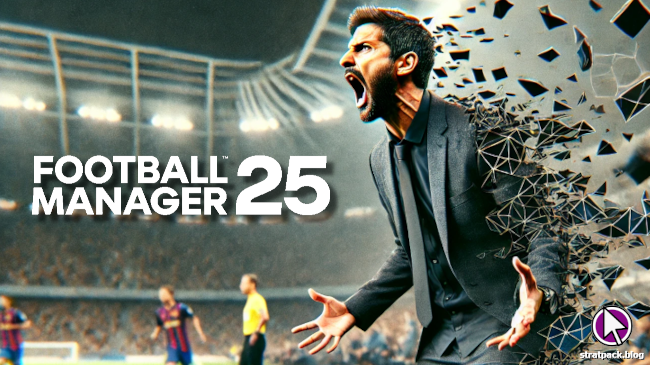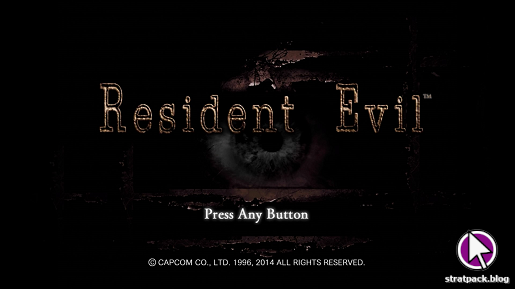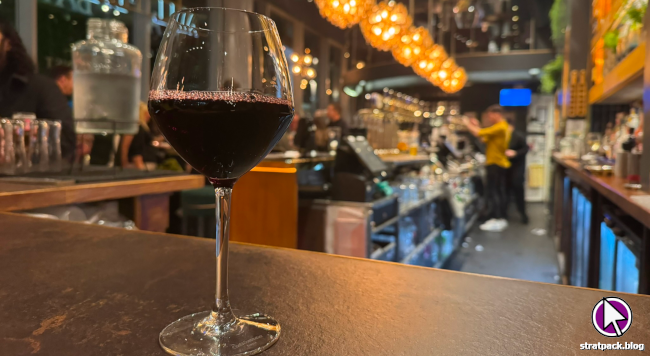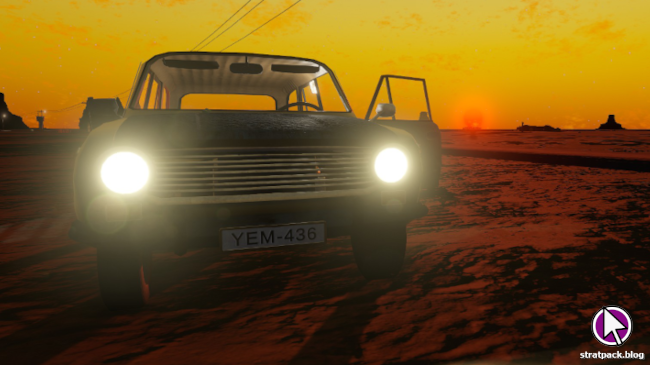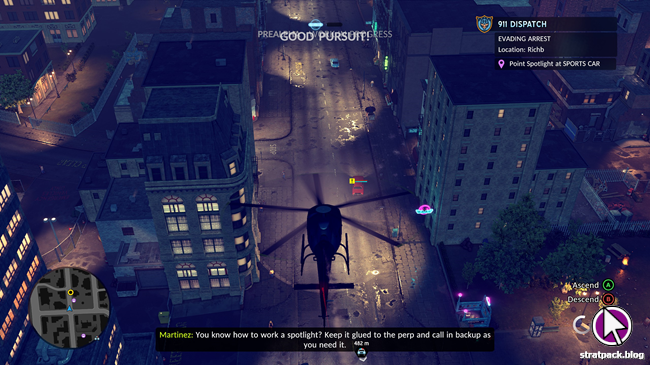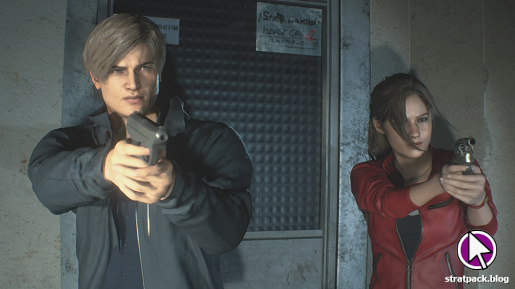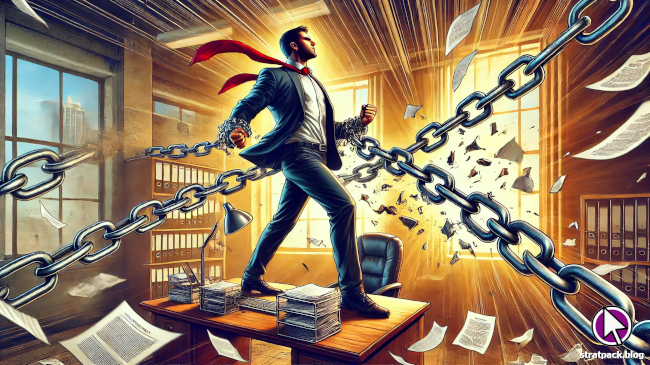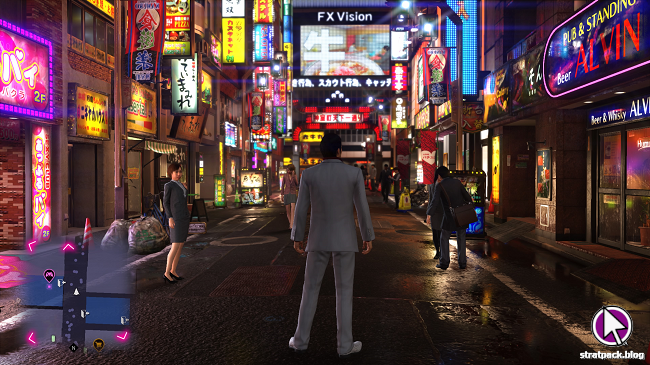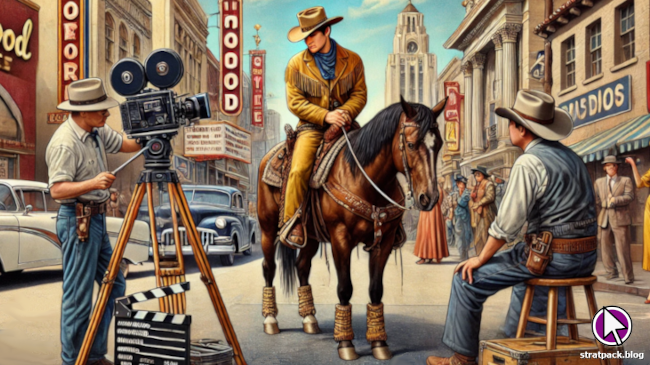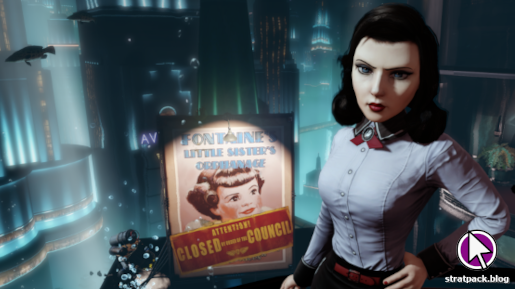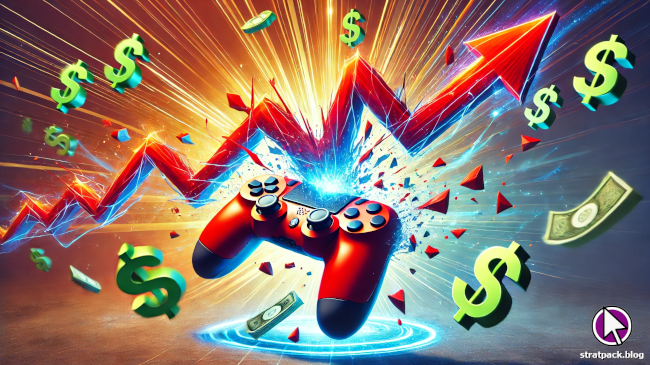
Transport Fever 2 review
Let’s face the facts: Transport Fever 2 is a lot like Transport Tycoon. You’re dropped into a map dotted with small towns, resources, and factories and tasked with building the road, rail, sea, and air infrastructure that connects them to help the world’s economy to develop. With the same scenario and toolset, it’s a comparison that would inevitably be drawn.
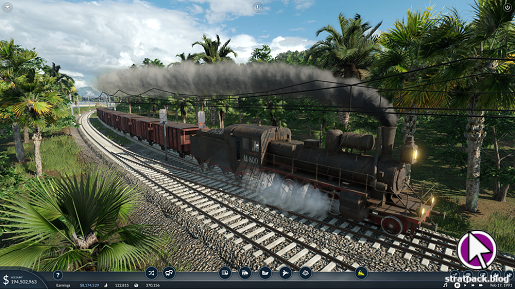
This was a dangerous game for Urban Games to play with the original Transport Fever. With Transport Tycoon so beloved and its upgraded iteration OpenTTD compatible with modern PCs, anything short of brilliance would be met with indifference. That’s not to mention that this is a fully 3D game. How many classic series have stuttered when moving to the third dimension? I’m looking at you, RollerCoaster Tycoon.
With all this in mind, I approached Transport Fever 2 with caution, ready to be let down. But I’m happy to say that I was pleasantly surprised. While this latest outing in the transport management genre is far from perfect, it has provided me with many hours of enjoyment, and - at least in its best moments - can be as satisfying as anything that came before it.
The challenge
After selecting a map seed you’re happy with, your new transport company is established, given a loan, and left to link the various cities and industries on a map with passenger and cargo lines. The latter is generally a more reliable income source and can be used to level up cities by providing them with goods they have demand for. However, it also requires complex supply chains - the city requires food, the food factory requires grain, and so on.
The challenge lies in doing this while generating a profit. Is it better to focus on passengers or cargo? Should you upgrade your existing line or build a new one? Would a new bus route bring more passengers to the train station? The choices you make - especially in the early game - will be the difference between success and failure.
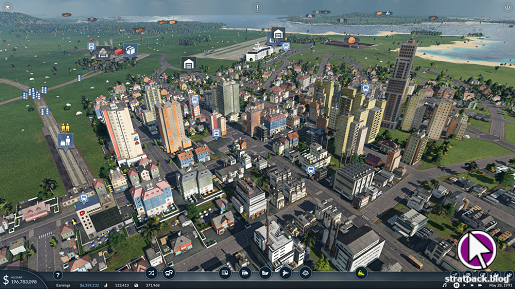
If that sounds a bit simple, it’s also worth noting that the creators over on the Steam Workshop have done a great job with modding the game beyond its vanilla setup. There are all sorts to choose from, but I’d especially recommend Realistic Town Growth, which removes the game’s arbitrary limit on how large any individual town can grow and lets you encourage some huge metropolises to grow by boosting industry.
That said, there’s plenty of fun to be had with the base game. While the core challenge of building a network and generating a profit is fairly straightforward, committed players will find plenty to occupy themselves with, whether that involves imposing your own limitations, specialising in particular vehicles or industries, encouraging cities to grow in picturesque ways, or efficiently using your infrastructure for multiple lines.
The toolset
To help you achieve all this, Transport Fever 2 provides tools to build transport networks across four domains: road, rail, sea, and air. Within each category, the tools provided generally include tracks/roads of varying speeds, passenger and cargo stations, vehicle depots, signals, and waypoints (which can be used to direct vehicles to particular places without using stations - useful for implementing one-way systems and the like). These tools are generally reliable and an improvement on previous titles in the genre, although they can be slightly finnicky at times - espcially when it comes to elevation, bridges, and merging different tracks.
Once the infrastructure is down, the next step is to purchase some vehicles. The available vehicles depend on the region you chose when starting the game (Europe, America, or Asia) and the in-game year. Over a span of more than a century, technology will progress from the horse and cart to the latest high-speed trains and aircraft. On purchasing a vehicle, you must assign it to a line, which tells it which stations to visit, which goods to pick up or drop off, how long to wait for a load, and so on.
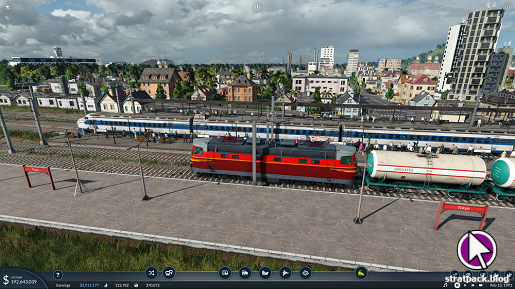
You’ll want to run a test game to start with to figure all this out, as the most efficient ways to solve problems are not always immediately obvious (more on this later). But once you’ve got the hang of it, it can be immensely satisfying to construct and configure complex networks for passengers and goods. Once you’ve got high-speed passenger trains seamlessly sharing lines with assorted cargo trains, you’ll waste plenty of time just sitting back and watching it all work.
It’s also worth noting that alongside all the usual tools, the game also gives you close control over progression. While the normal three-speed time control is present, Transport Fever 2 also has a slider for date speed. This means that if, like me, you find the eras pass a bit too quickly, you can slow down the calendar at any time to give you a bit more time to develop your network before you need to upgrade vehicles and infrastructure.
The difficulty
As is often the case in this genre, the most difficult part of Transport Fever 2 is getting started. Your new transport is automatically granted a $5m loan, and your early decisions will play a huge part in determining whether this investment is used to generate huge profit or send your firm tumbling further into debt. Much of the early game is spent balancing network expansion with loan repayments (which come in $500k increments) and it’s a satisfying moment when your loan debt reaches zero and you know that from there on there is no more interest to pay and all your profit is yours to keep.
By the midpoint, you’ll find yourself choosing between tactical construction and upgrades. Take that passenger line you built in the 1890s, for example - would it be more profitable to extend it with an extra station or to invest in more modern trains that cater to more passengers and travel more quickly? The bottom toolbar displays a constant counter of how much money you’re making, and you’ll be looking to boost this figure as much as possible to propel yourself into the realm of airports and shinkansen later on.
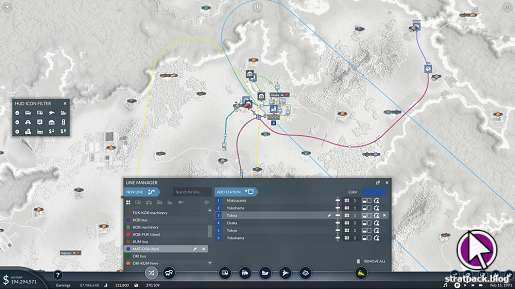
The late game is either a cruise or an exercise in firefighting, depending on how much planning you put in earlier on. If you played it smart, this is where you get to play with all the fancy toys like the high-speed planes, aircraft, and container ships. If you were less tactical when building your empire, there’ll probably be a lot of remediation on your plate as your infrastructure groans under the weight of the additional demand of expanding city populations and industry output.
On the vanilla game with the default difficulty, it’s not exactly difficult to work yourself into a situation where you’re raking in tens of millions per month and are basically free to build whatever you wish. Maybe that sounds like a dream to you if you just want to build to your heart’s content (and the game does also offer a complete sandbox mode with unlimited money), but if you’re looking for a bigger challenge then there’s always hard mode and the aforementioned mods if you want to mix things up for more of a challenge.
The vibe
Before you even get to enjoying the game, prepare for some pretty hefty load times. That may sound like an exaggeration, but seriously, if you want to get a coffee, load up the game first. Although there are no loading screens during the game, the initial one takes so long that I’ve written this paragraph and checked my takeaway delivery status in the time it has taken the game to load in. Seriously, it may even be the longest I’ve ever encountered in a game - and that includes Grand Theft Auto Online.
You’ll quickly notice that the game is very pretty to look at with a level of detail that is rare for a strategy game. Many of the screenshots included with this review aren’t representative of the zoom level where you’ll spend most of your time, but that’s because the cities look so good at street level and the vehicles are so detailed up close that I needed to show them off.

By default, the game has funky music with some truly jazzy guitar. At its best, it channels something between Sim City 2000 and Better Call Saul, but over time it can become grating. I say “by default” because I prompty turned it off, but hey, maybe it’s your kind of thing.
I think the only other thing to mention is to be prepared to be frustrated from time to time. Electric train won’t leave the depot? It could be that the depot itself is not electrified and must be demolished and rebuilt (and to demolish it, you’ll need to sell your new train). Ship won’t join your new route? There’s an accessibility issue somewhere - maybe the water isn’t deep enough at some points or there’s not a suitable dock - but the game won’t tell you what.
This is frequently the case with production, shipment, and transportation metrics when working with industry. A facility will stop producing a certain material and you’ll be left to work backwards to understand why. Months of in-game time and millions of dollars later, it’ll turn out that you accidentally demolished ten metres of road that took a factory out of range of a truck stop. You’ll get used to running these kinds of diagnostics in the end, but it can be very confusing as a new player.
The judgement
Transport Fever 2 does what many games before it have failed at - transferring a classic 2D game format into 3D while keeping things both practical and aesthetically pleasing. By the time you reach the 21st century, you’ll have constructed a sprawling network of buses, trams, trains, ships, and planes, and the game’s graphics are good enough to let you sit back and admire it like the prettiest of virtual model train sets.
Some of the systems and tooling is a little rough around the edges. While the complexity of roads and tracks allows for a little leeway on their construction tools, it would be nice if the developers provided the player with more information about why certain lines and industries aren’t working when problems arise. That said, you’ll slowly learn the language of the game and the key things to look out for, so this isn’t a gamebreaker for me.
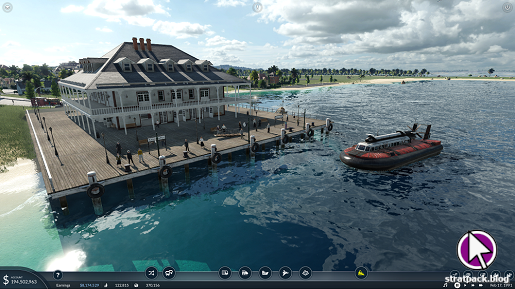
When you get bored with whatever you’re currently working on, there’s always another line to build, a more challenging map to generate, a new region to try, or a railway spaghetti junction to reconfigure, so running out of content is not a concern - and that’s without mentioning all the mods out there that add new systems, vehicles, and more to keep things fresh.
Transport Fever 2 lacks some of the charm of Transport Tycoon, but we’re not talking about the chasm between RollerCoaster Tycoon and Planet Coaster. The core gameplay loop that made Chris Sawyer’s classic so addictive is still there. So if you’re looking to scratch that itch, I’d definitely recommend this game - just expect a few minor frustrations along the way.
4/5




